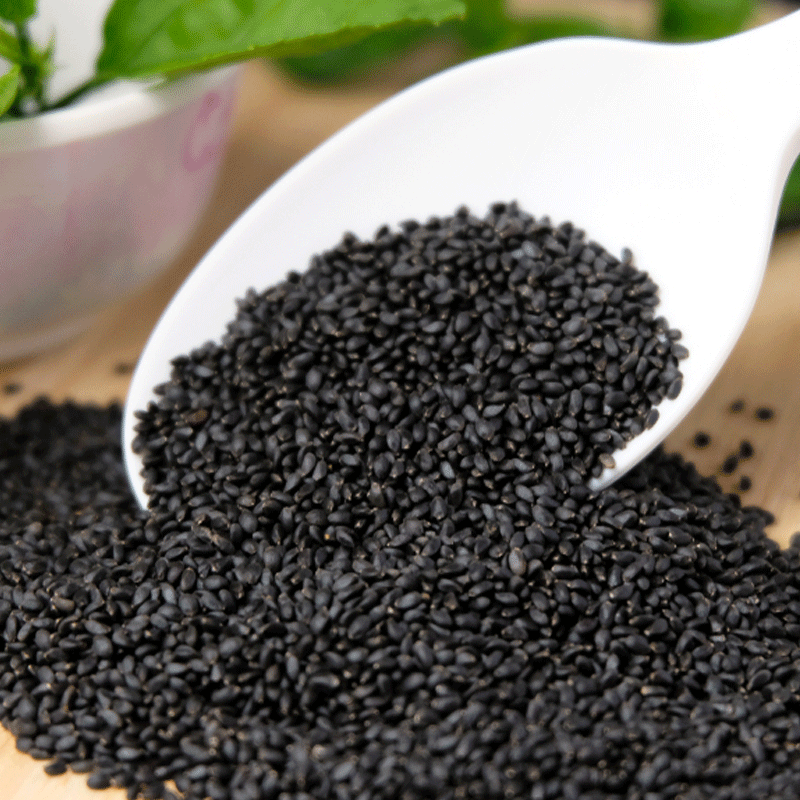Indian Name: Sabzah,tulsi,gulal tulsi
Scientific Name: Ocimum basilicum
Fam: Lamiaceae (mint family)
Other Names
Arabic: raihan
Chinese: lo-le
Dutch: basil icum
French: basilic
German: basilïenkraut
Indian: sabzah,tulsi,gulal tulsi
Indonesian: selasih, kemangi
Italian: basilico
Japanese: meboki
Malay: selaseh, kemangi
Phillipino: belanoi, sulasi
Portuguese: man jericao
Russian: Bazilik
Spanish: albahaca
Sri Lanka: suwenda-tala, maduru-tala
Swedish: basilkort
Thai: horopa, manghk, krapow, bai horapa
Vietnamese: rau que


